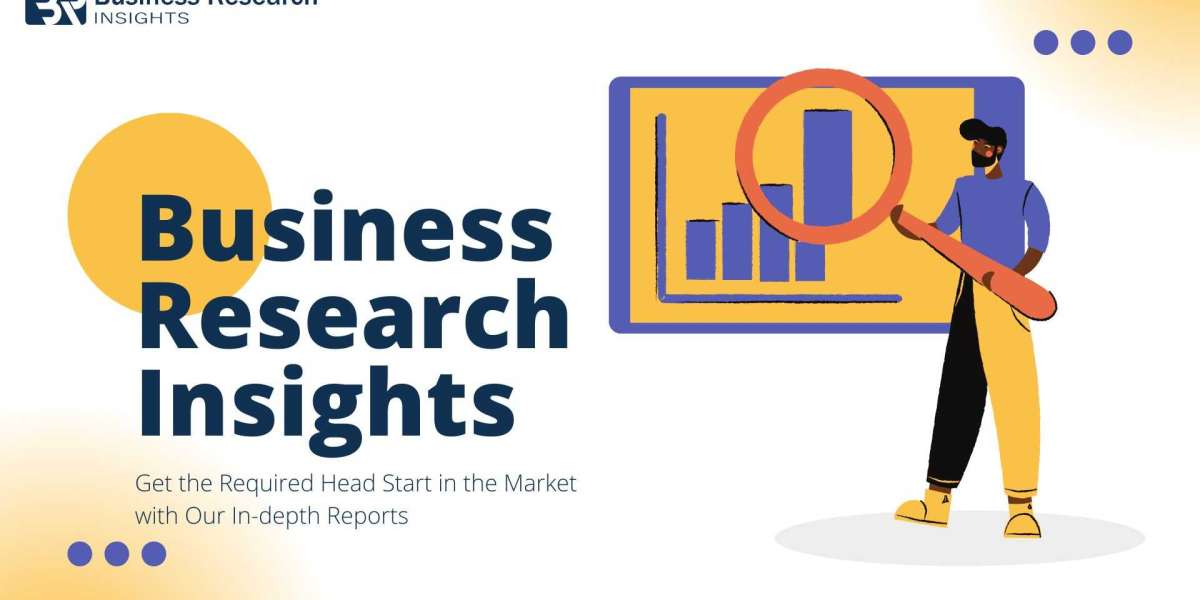Digital twins have become an influential technology in recent years, particularly in manufacturing or heavy industries such as transportation or energy. A simple definition of a digital twin is a faithful, detailed digital model of a real-world system or process – anything from a consumer product prototype to an entire factory or telecommunications network.
Digital models make great testing grounds, one significant advantage being that systems can be tested virtually, with any number of ‘what if’ scenarios being run, outcomes examined and changes to the virtual version of the system made instantaneously. It’s a quicker, cheaper, lower-stakes way to test those changes as opposed to making them in the physical version. This parallels software’s move towards agile development, with its smaller, faster feedback loops.
Creating a closed loop system
By integrating digital twin principles within AIOps’ automation capabilities, self-healing closed-loop ecosystems can be established. These ecosystems aim to autonomously detect, diagnose, and resolve IT issues, minimizing downtime and enhancing overall system resilience. AIOps not only accurately represents and predicts conditions in each IT ecosystem, but it can also directly and seamlessly self-heal that environment because both the AIOps predictive model and the IT environment in which it operates in the same digital ecosystem.
For example, an AIOps event management solution can predict a CPU or memory shortage. It can then automatically draw on the instructions it was installed with to increase CPU or memory before they are used up. What’s more, AIOps’ observability capacity allows efficient and effective monitoring of the IT environment, and integrated machine learning (ML) not only predicts how that IT environment will behave but prevents failures from happening.
Digital twin capabilities enable AIOps to simulate various scenarios, including potential failures and system upgrades. This allows for proactive maintenance and optimization of the IT infrastructure before issues arise. AIOps systems can continuously learn from its actions and their outcomes, improving its decision-making over time. By analyzing historical data and applying ML techniques, AIOps can build predictive models that anticipate potential failures or performance bottlenecks. Integrated digital twins serve as testbeds for these models, allowing for validation and refinement before deployment in the live environment.
When incidents occur, digital twin functionality helps in isolating the root cause quickly and accurately. AIOps analyzes the digital twin’s state and compares it to the real-world system to pinpoint the source of the problem. AI algorithms can provide recommendations or decisions on how to address the identified issues. These decisions can range from simple actions, such as restarting a service, to more complex decisions, like reconfiguring network settings.
Gaining a holistic view of the affected components and their interdependencies makes it easier to identify the source of the problem, facilitates faster resolution and reduces the impact of incidents.
To Know More, Read Full Article @ https://ai-techpark.com/digital-twins-for-self-healing-aiops/
Related Articles -
Generative AI in Virtual Classrooms
Guide to the Digital Twin Technology
Explore Category - Threat Intelligence Incident Response














